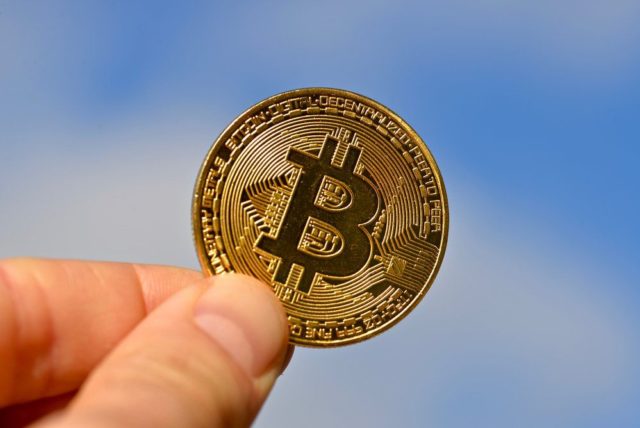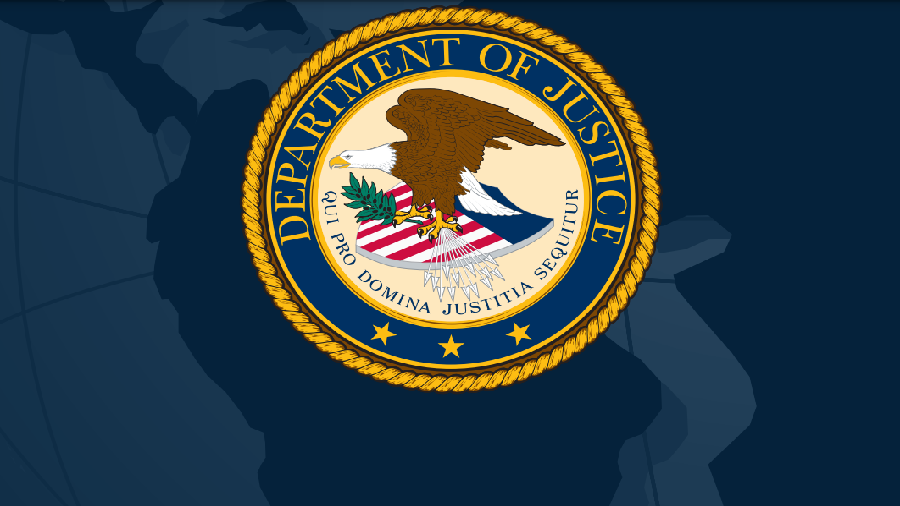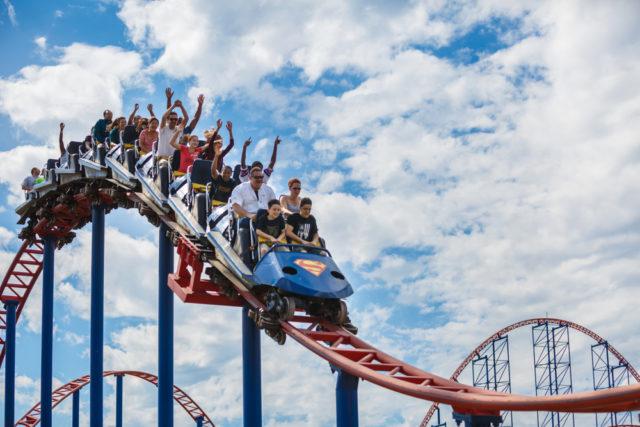High blood pressure is a chronic disease defined by high levels of blood pressure in the arteries. The condition causes the heart to exert a greater effort than normal to get blood distributed throughout the body.
On this 26th of April, Day to Prevent and Combat Arterial Hypertensionthe Ministry of Health warns that more and more young people, including children and adolescents, have shown changes in blood pressure.
In Brazil, it is estimated that the prevalence of hypertensive patients in the pediatric population varies from 3 to 15%. The diagnosis can be performed by the pediatrician, in a simple way, by measuring the pressure in routine consultations.
Physician Carlos Cesar Assef, the technician in charge of Pediatric Cardiology and head of the Division of Attention to the Health of Women, Children and Adolescents at the Federal Hospital of Bonsucesso (HFB), explains that the disease can be asymptomatic in most cases and that , when present, symptoms of high blood pressure in children and adolescents may be nonspecific, such as headache, irritability and sleep disturbances.
Assef advises parents to be aware of the presence of these symptoms without other obvious causes, in addition to observing nephro-urological changes such as a reddish color in the urine, swelling or cardiac changes such as chest pain, shortness of breath or palpitations.
“All children aged three years and older should have their blood pressure measured during their routine pediatric consultation. Below three years of age, the measurement should only be performed when children have a history of prematurity, low birth weight, prolonged hospitalization in Neonatal ITU, sickle cell anemia, congenital renal, cardiac or neurological malformations, neoplasms, transplants and prolonged use of corticosteroids,” says Assef in a statement.
According to the specialist, children can be born with high blood pressure. Cases are usually related to congenital renal or cardiac malformations. Babies with very low birth weight (<1500 g), premature (< 32 weeks) or who have been hospitalized in a Neonatal ICU for a long time have increased risk factors for the development of Systemic Arterial Hypertension in childhood, due to the use of catheters umbilical vein, mechanical ventilation and oxygen therapy.
high blood pressure treatment
The treatment of high blood pressure in young people depends on the clinical profile of the disease. In the case of primary systemic arterial hypertension, the initial treatment involves changing harmful eating habits, such as reducing foods rich in spices, saturated fats, refined sugars and red meat, in addition to encouraging physical activity.
In secondary conditions, attributed to other primary diseases, the underlying cause must be treated initially. The use of medication is usually earlier to control blood pressure levels. “Monotherapy, that is, treatment with a single drug, is indicated, seeking to optimize the maximum dosage of a drug before association with other drugs”, explains Assef.
The doctor explains that the hypertensive crisis, defined as the sudden elevation of blood pressure, is rare in children and adolescents. The crisis puts the functioning of organs such as the kidneys, heart and brain at risk. Treatment requires hospital admission, IV medications, and ongoing monitoring.
Source: CNN Brasil







